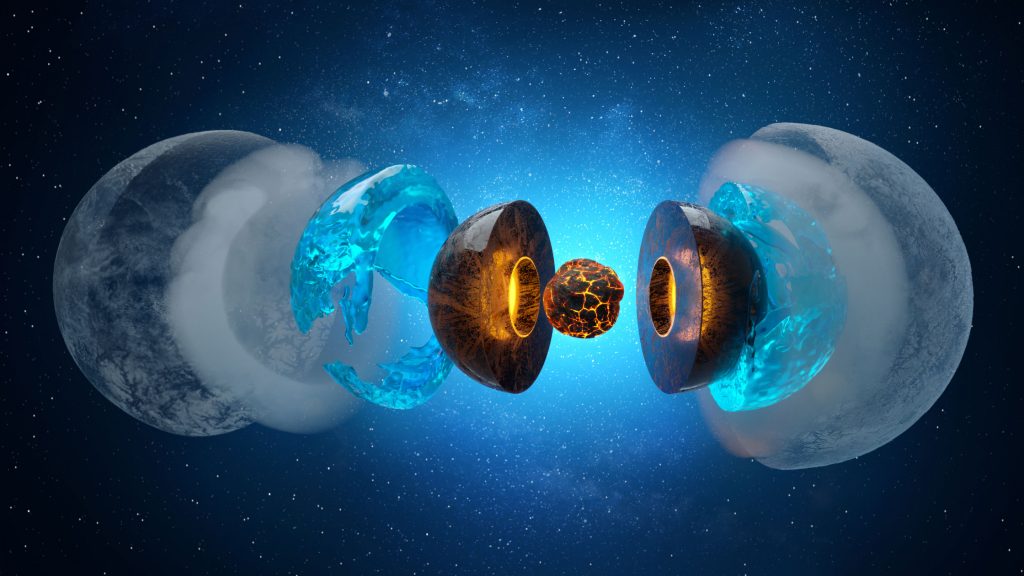Scientists have found another form of water that was unknown to men before. This form is being called the “hot black ice” that may exist deep inside planets like Uranus and Neptune.
The phase of hot black ice is called the superionic ice, and it is created under tremendously high temperatures and pressures. As a result, it leads to the separation of water molecules into their constituent hydrogen and oxygen ions. Afterward, oxygen ions assemble themselves into a cube-shaped lattice, around which the hydrogen ions move freely. Consequently, this arrangement gives this high conductivity and low density, and a dark color.
This state of water has been discussed in theory and the experimental evidence was brought forward in the 1990s. However, scientists produce superionic ice in the lab in 2019 for the first time. Still, it only existed for a fraction of a second.
Na team of scientists at the Argonne National Laboratory have now successfully made stable superionic ice that lasts long enough to be analyzed. At first, pressure is applied by squeezing a sample of water in a diamond anvil cell, then the water is heated using lasers. In the end, a strong X-ray laser called the Advanced Photon Source (APS) is used to image the arrangement of the atoms in the sample, to find out what kind of phase the water is in.
The superionic ice began emerging at temperatures between 627 °C and 1,627 °C (1,160 °F and 2,960 °F), and at pressures of 20 GigaPascals.
“It was a surprise – everyone thought this phase wouldn’t appear until you are at much higher pressures than where we first find it,” says Vitali Prakapenka, co-author of the study. “But we were able to very accurately map the properties of this new ice, which constitutes a new phase of matter, thanks to several powerful tools.”
Studying this phase of water will lead to the understanding of the formation of planets and it will give a direction to the scientists on where to look for when finding alien life. This phase of ice would be found on ice giant planets like Uranus and Neptune.
There is still a lot of room for an understanding of the phase of water. Its characteristics like conductivity, viscosity, and stability have to be determined to know what happens when mixed with other salts.
The research was published in the journal Nature Physics.

